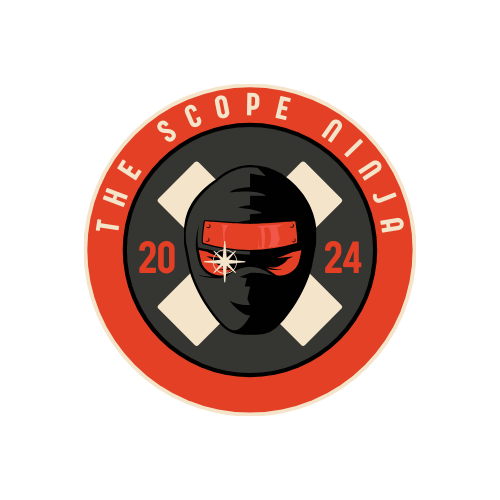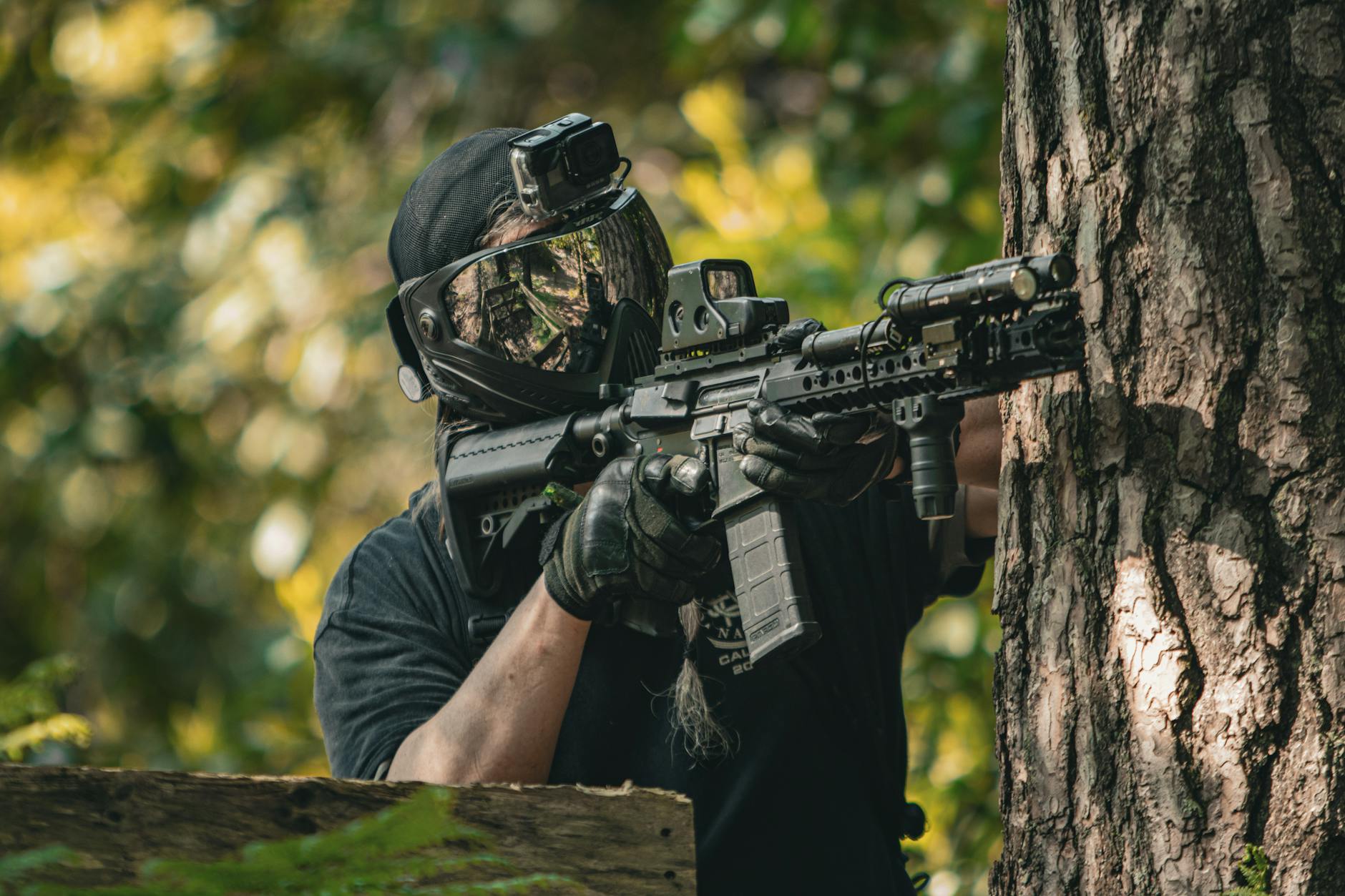
Getting Started: Zeroing In
Before diving into training exercises, you’ll need to ensure your red dot sight is properly zeroed. Zeroing your sight means adjusting it so the point of aim matches the point of impact. Start by setting up a target at a known distance, like 25 yards. Take a few shots and adjust the windage and elevation until your shots consistently hit the bullseye. This process can take some patience, but it’s essential for accurate shooting. Once your sight is zeroed, you’re ready to begin training. Remember, practicing with a well-zeroed sight will make your training sessions much more effective.
Dry Fire Drills: Building Muscle Memory
Dry fire drills are a fantastic way to improve your aim without using live ammunition. You’ll need an unloaded firearm and your red dot sight. Start by choosing a target in a safe direction, like a wall or a paper target. Aim your red dot at the target and practice pulling the trigger smoothly without jerking. This helps build muscle memory and improves trigger control. You can also practice transitioning between targets, which enhances your ability to quickly acquire and engage multiple targets. Dry fire drills are easy to do at home and are a cost-effective way to improve your shooting skills.
Live Fire Practice: Accuracy and Precision
Live fire practice is crucial for honing your accuracy and precision. Begin with basic exercises like shooting from a standing position at various distances. Start at 10 yards and gradually increase the distance as you become more comfortable. Focus on maintaining a steady aim and smooth trigger pull. Incorporate drills like controlled pairs, where you fire two shots in quick succession, and practice shooting from different positions like kneeling or prone. This variety will help you become a more versatile shooter. Remember to take your time and prioritize accuracy over speed. Consistent practice will lead to noticeable improvements in your shooting skills.
Speed Drills: Enhancing Target Acquisition
Speed drills are designed to improve your ability to quickly acquire and engage targets. One popular exercise is the “El Presidente” drill. Set up three targets in a line, spaced a few feet apart. Start facing away from the targets with your firearm holstered. On the signal, turn around, draw your firearm, and engage each target with two shots. Focus on smooth, quick movements and maintaining accuracy. Another great drill is the “Bill Drill,” where you fire six shots at a single target as quickly as possible. These drills enhance your speed and accuracy, making you more effective in dynamic shooting scenarios.
Transition Drills: Moving Between Targets
Transition drills are excellent for practicing target transitions and improving your overall agility. Set up multiple targets at varying distances and angles. Start by engaging the nearest target and quickly transition to the next one. Pay attention to your red dot and ensure it settles on each target before you fire. You can also incorporate movement into these drills, like moving laterally between shots. This simulates real-world scenarios where you might need to move and shoot simultaneously. Transition drills help you develop the ability to quickly and accurately engage multiple targets, enhancing your shooting proficiency.
Low-Light Drills: Red Dot Training in Different Conditions
Practicing in low-light conditions is essential for improving your skills in various environments. Use a flashlight or weapon-mounted light to illuminate your targets. Start with basic drills like aiming and shooting with the light on, then progress to more complex exercises like shooting while moving. Pay attention to how the light affects your red dot visibility and adjust accordingly. Practicing in low-light conditions helps you become more comfortable and confident in different lighting situations, ensuring you’re prepared for any scenario. Incorporating low-light drills into your training routine adds an extra layer of versatility to your skills.
Shooting on the Move: Dynamic Practice
Shooting on the move is a critical skill for dynamic shooting scenarios. Start by walking slowly while aiming and shooting at a target. Focus on keeping your red dot steady and maintaining accuracy. As you become more comfortable, increase your speed and try moving in different directions. Practicing shooting on the move helps improve your coordination and control, making you more effective in real-world situations. Incorporating this type of dynamic practice into your training routine ensures you’re prepared to handle moving targets and changing scenarios with confidence and precision.
Scenario-Based Drills: Real-World Applications
Scenario-based drills simulate real-world shooting scenarios and are great for testing your skills under pressure. Set up a series of targets and obstacles to create a challenging course of fire. Practice engaging targets while navigating through the course, simulating situations like clearing a room or responding to a threat. These drills help you develop problem-solving skills and enhance your ability to make quick decisions under stress. Scenario-based training adds a realistic element to your practice sessions, ensuring you’re well-prepared for any situation you might encounter. You’ll find this type of training both challenging and rewarding.
Conclusion: Consistent Practice for Improvement
In conclusion, red dot training with red dot sights involves a variety of exercises that enhance your accuracy, speed, and overall shooting proficiency. From zeroing your sight to practicing dry fire drills and engaging in live fire practice, each exercise plays a crucial role in improving your skills. Incorporating speed, transition, and low-light drills into your routine ensures you’re prepared for different scenarios. Remember, consistent practice is key to becoming a proficient shooter. Enjoy the process, stay safe, and watch your skills improve with each training session. Happy shooting!

